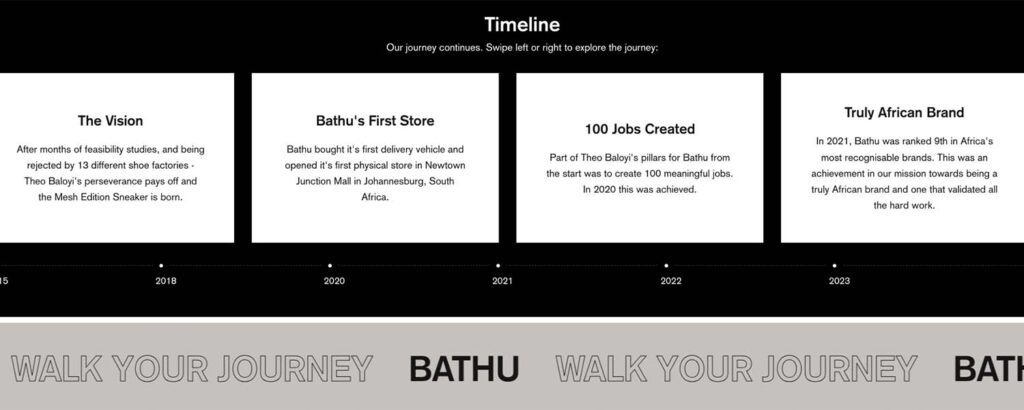Many websites today feel polished yet lack human elements. They present information with efficiency but rarely emotion. Businesses often obsess over optimisation while overlooking the deeper cues that create real human connection. The result is a digital façade that tells visitors what the company does but leaves them wondering who the people behind it are.
Authenticity and human presence are not surface-level design elements. They are strategic signals that influence trust, recall and resonance. Below is a framework to help you move past generic branding and instead showcase a website that is reflective of real people and a real business.
1. Building An Authentic Narrative
Facts inform but stories persuade. Your homepage and about page are not spaces for a resume. They are opportunities to invite people into a perspective. Most companies state what they do. Few show how they arrived there and why it matters to them. People respond to transformation and values revealed through action.
Avoid beginning your story from a place of perfection. Show the forks in the road. Let visitors sense that your work emerged from lived experiences, not just strategic plans.
One brand that exemplifies this kind of authenticity is Bathu, a South African sneaker company founded by Theo Baloyi. The Bathu website doesn’t just list products—it showcases Theo’s personal journey from Alexandra township to building a respected brand. The transparency, anchored in lived experience rather than being perfectly polished, is what makes the site feel authentic.


2. Reframing “Professional”
Many founders hide behind abstract language and pristine photos out of fear of seeming unprofessional. In some cases, a slightly imperfect photo of your team in motion can feel more human than a headshot in matching blazers.
Show people where you work. Use short videos to explain your product in your own voice. Include handwritten notes or sketches if they add to the meaning. These are not gimmicks. They are evidence that real minds are present behind the pixels.
The key is intent. Clarity and care should still guide the aesthetic, but polish without presence makes the site feel empty.
3. Revealing the Invisible: Decisions Behind the Scenes
One overlooked way to create authenticity is to explain your decisions.
Most companies show their outputs. Few show the values and trade-offs that shape those outputs. Revealing your process doesn’t make you vulnerable. It makes you relatable.
You are inviting your audience not just to consume but to see what goes into creating a product or offering.
4. Show People Who They’re Dealing With
The team page showcases the real people behind your business. Include short bios that show how each person thinks, not just what they do. Use photos that reflect personality, not just a role.
Even in a one-person business, let your face, name and background be visible.
When people feel they can identify the human on the other end, loyalty rises.
5. Feedback in Plain Sight
Most websites bury reviews under generic carousels. A more effective strategy is to treat feedback as dialogue. Show excerpts of real messages from clients or users. Allow a mixture of testimonials: some delighted, some surprised, some skeptical turned loyal.
Even better, include mistakes you’ve learned from if appropriate. People trust businesses that don’t pretend to be infallible.
Authenticity doesn’t mean perfection.
A website becomes authentic when it can start to reveal more about your company, your decisions, your people.



